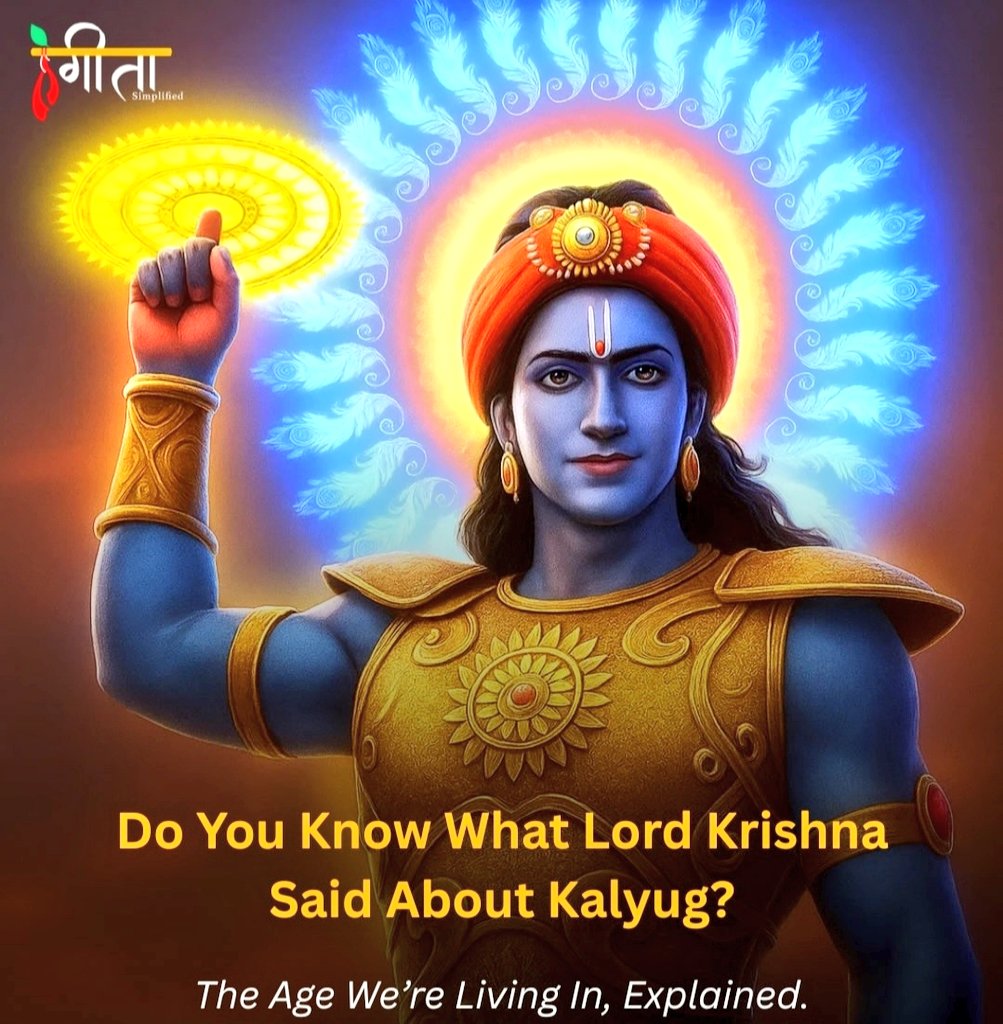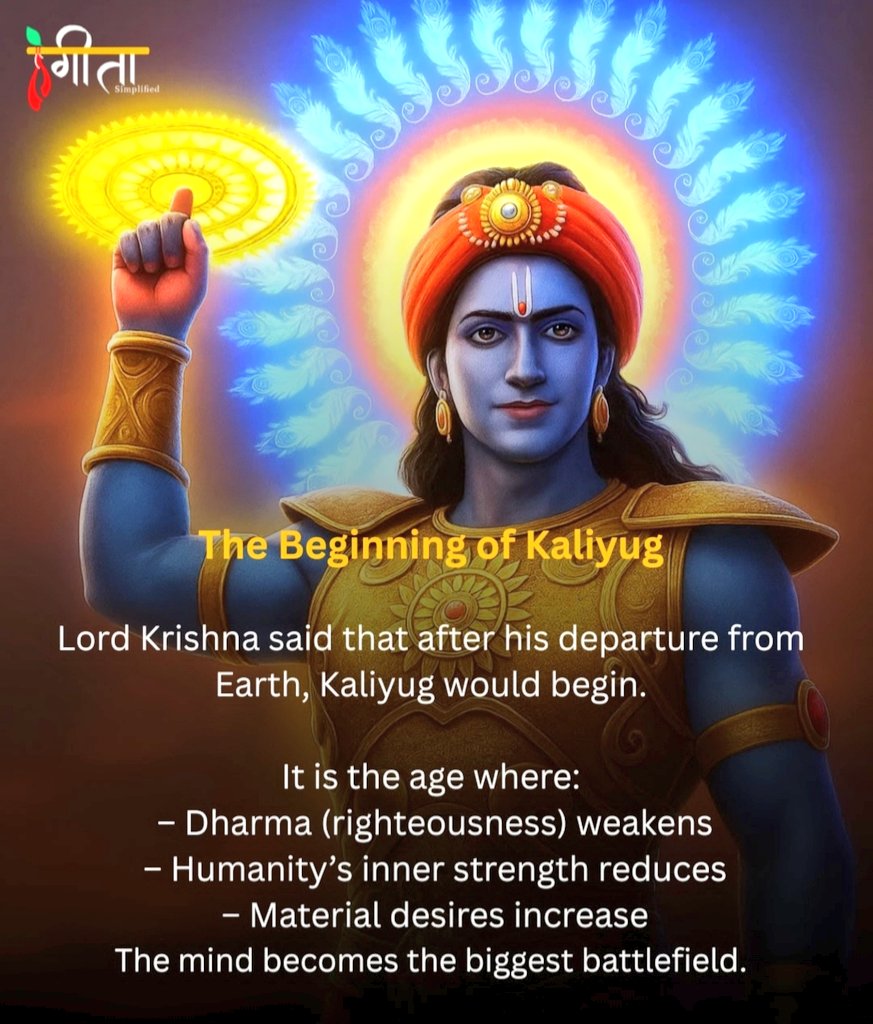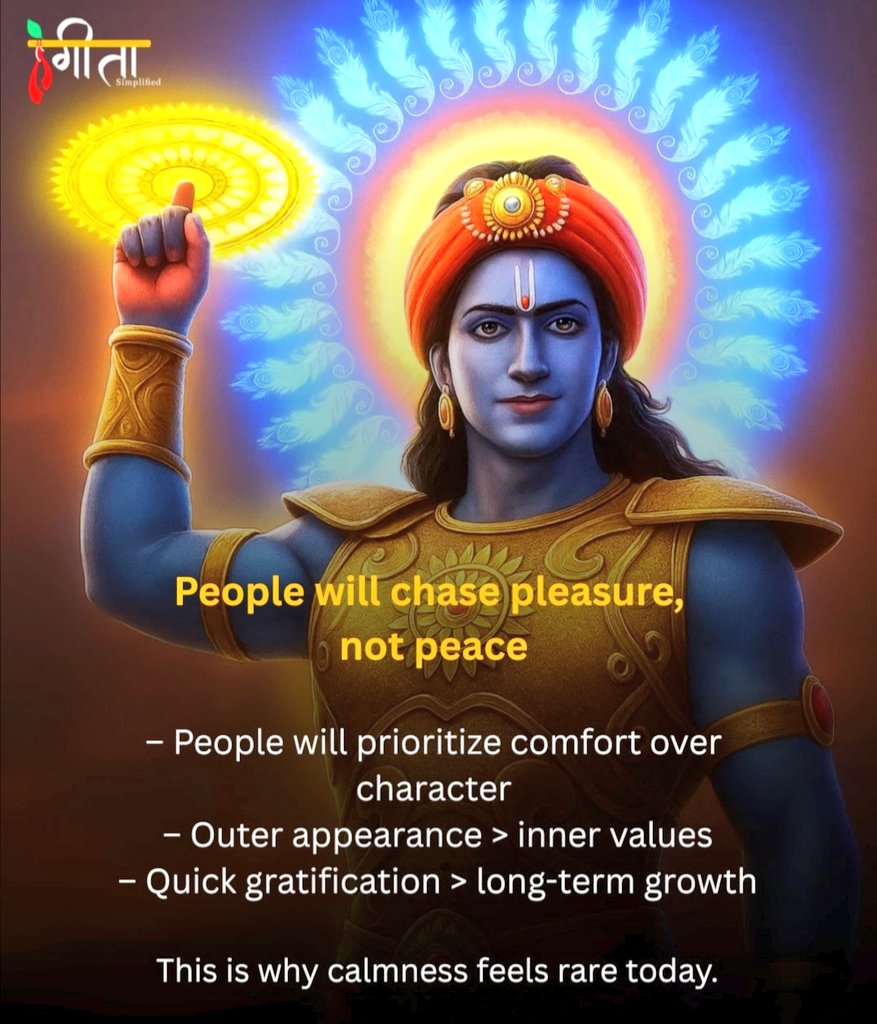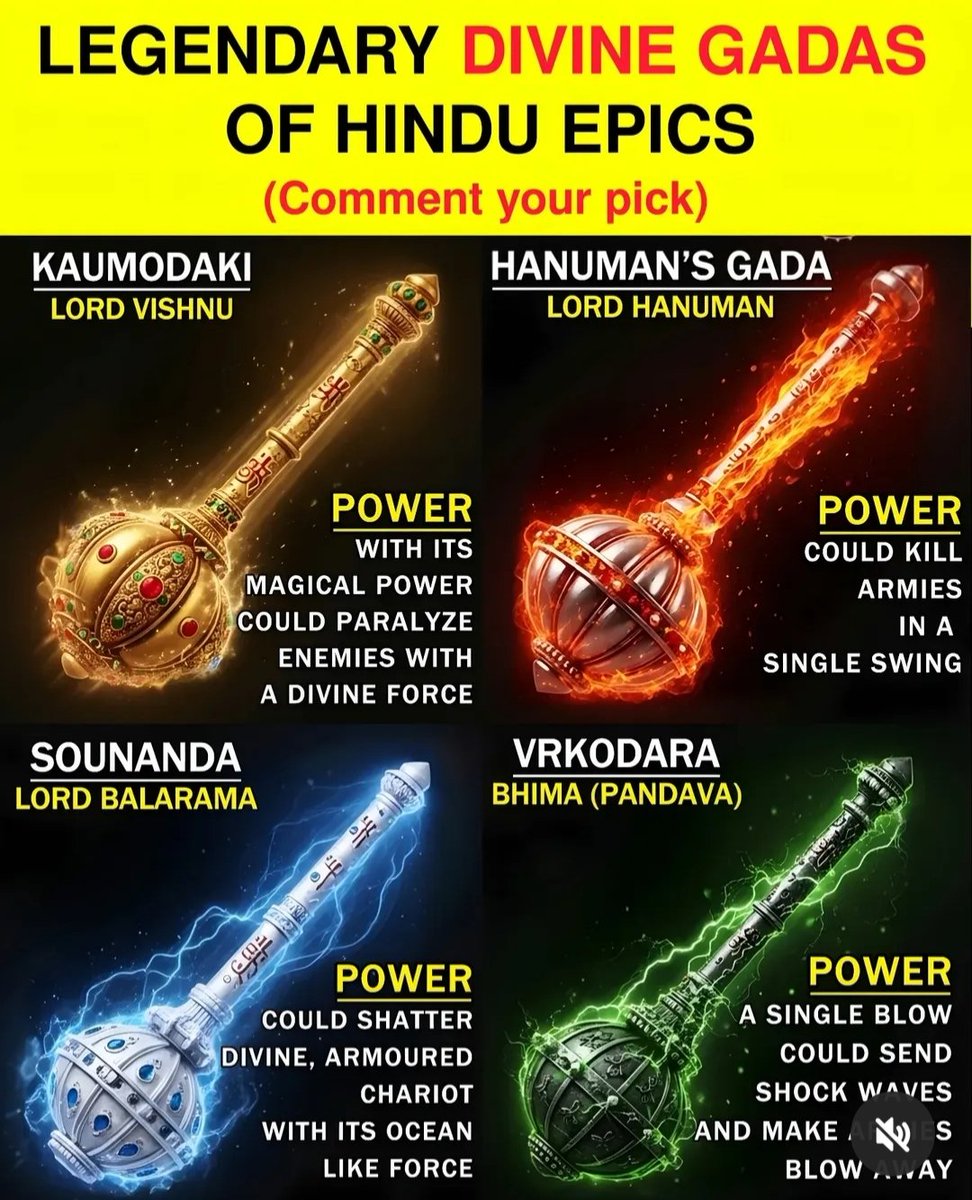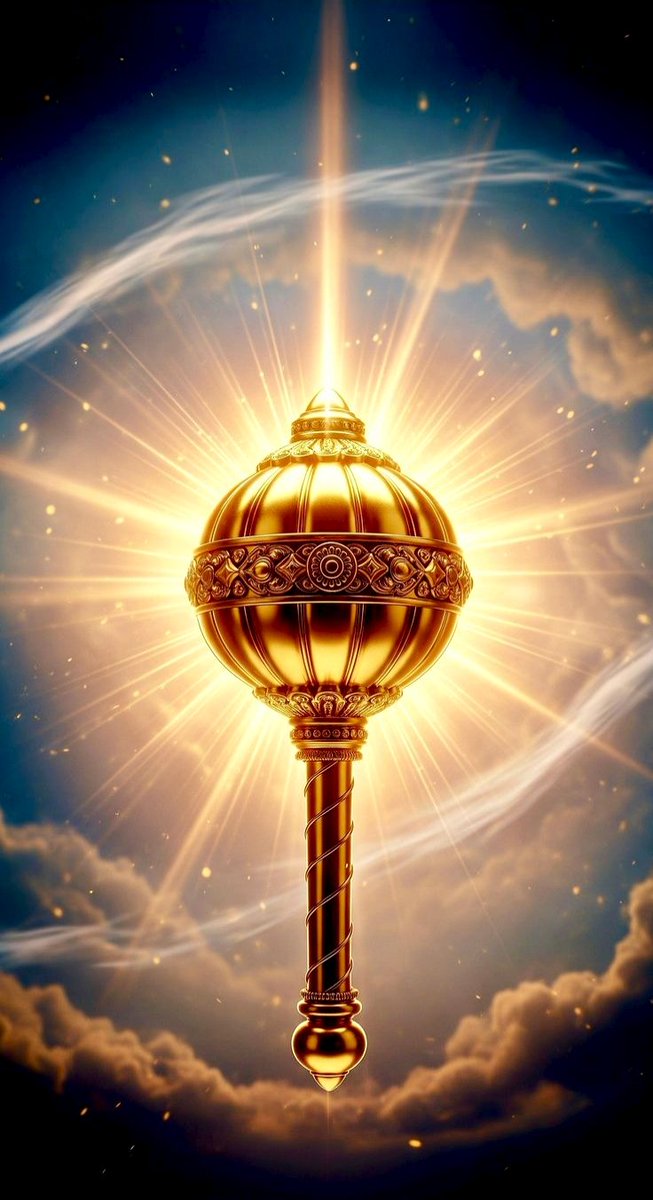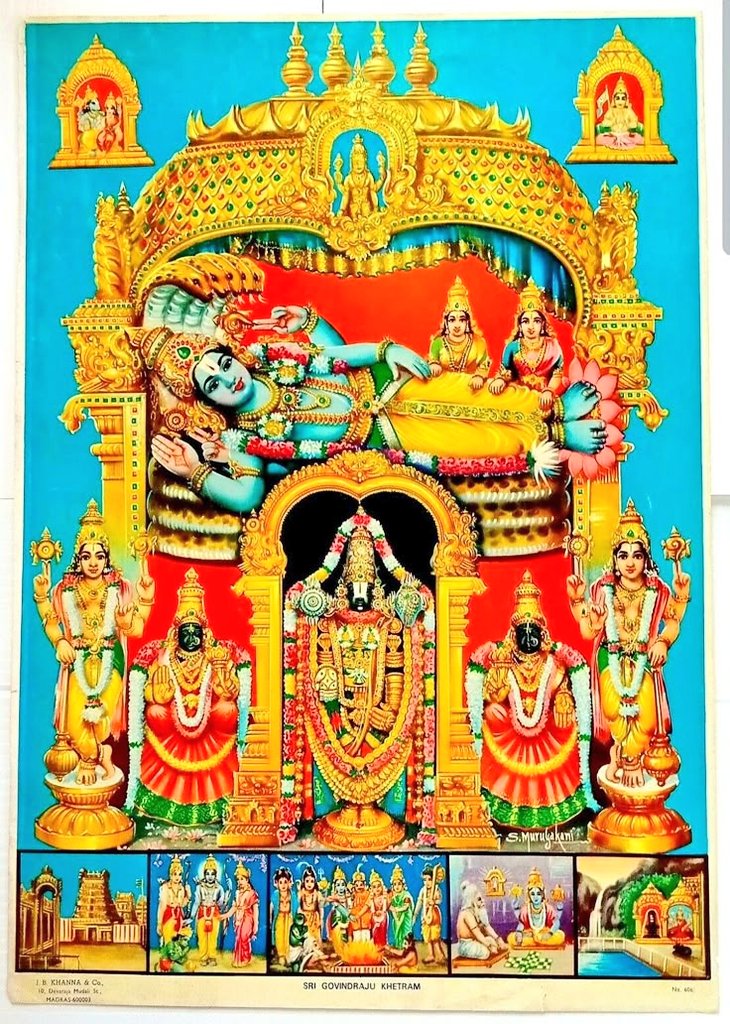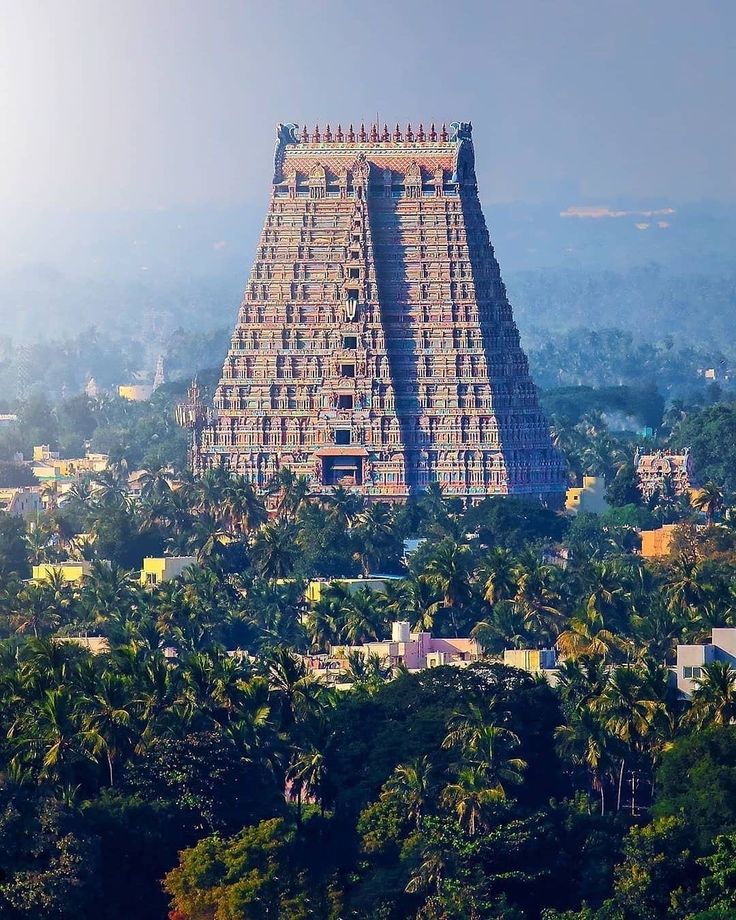🌺Nataraja Temple, Chidambaram🌺
Chidambaram Nataraja temple also known as Thillai Nataraja temple, is a Hindu temple dedicated to Nataraja – Shiva as the God of dance – in the ancient temple town of Chidambaram in the state of Tamil Nadu.
twitter.com/i/spaces/1kvJp…
Chidambaram Nataraja temple also known as Thillai Nataraja temple, is a Hindu temple dedicated to Nataraja – Shiva as the God of dance – in the ancient temple town of Chidambaram in the state of Tamil Nadu.
twitter.com/i/spaces/1kvJp…

Its one of the 5 holiest Shiva temples -'Panch Bhootha Sthalas'-each representing one of the 5 natural elements;Chidambaram represents Akasha (Sky).The other four temples are: Thiruvanaikaval Jambukeswara,Trichy(Water), Kanchipuram Ekambareswara (Earth),..
twitter.com/i/spaces/1OyKA…
twitter.com/i/spaces/1OyKA…

..Thiruvannamalai Arunachaleswara (Fire) and Kalahasti Nathar (Air/Wind).
A unique feature of this temple is the bejeweled image of Nataraja. It depicts Shiva as the 'God of the dance' and is one of the few temples where Shiva is represented by an anthropomorphic murthi...
A unique feature of this temple is the bejeweled image of Nataraja. It depicts Shiva as the 'God of the dance' and is one of the few temples where Shiva is represented by an anthropomorphic murthi...

...rather than the classic, anionic Lingam. The Cosmic Dance of Nataraja symbolises the motion of the universe as sustained by God Shiva. The temple wall carvings display all the 108 karanas from the Natya Shastra by Bharata Muni, and these postures form a foundation of... 

...Bharatanatyam, a classical Indian dance.
The Nataraja temple has ancient roots. It finds mention in Tamil Sangam texts. A Shiva shrine existed at the place which was then called Thillai. The earliest mention of 'Dancing God of Chidambaram' is found in early...
The Nataraja temple has ancient roots. It finds mention in Tamil Sangam texts. A Shiva shrine existed at the place which was then called Thillai. The earliest mention of 'Dancing God of Chidambaram' is found in early...

...7th Century texts by Appar and Sambadar. The present temple was built in the 10th century when Chidambaram was the capital of the Chola dynasty, making it one of the oldest surviving active temple complexes in South India. 

After its 10th Century consecration by the Cholas who considered Nataraja as their family deity, the temple has been damaged, repaired, renovated and expanded through the 2nd millennium. Temple suffered numerous attacks and destruction at the hands of Turkic muslim invaders of... 

..Delhi Sultanate and later Madurai Sultanate, who looted the temple for its immense riches. Most of the temple's surviving plan, architecture and structure is from the late 12th and early 13th centuries, with later additions in similar style. 

The temple is spread over a 40-acre (16 ha) area, within layers of concentric courtyards. The inner sanctum, its connecting mandapams and pillared halls near it are all either squares or stacked squares or both. The complex has nine gopurams, several water storage structures.. 

..of which the Shivaganga sacred pool is the largest with a rectangular plan.There r numerous gathering halls called sabha,2 major choultry called the 100 pillared & 1,000 pillared halls, inscriptions and frescoes narrating Hindu legends about gods,goddesses,saints and scholars. 

While Shiva as Nataraja is the primary deity of the temple, it reverentially presents major themes from Shaktism, Vaishnavism, and other traditions of Hinduism. The Chidambaram temple complex, for example, has the earliest known Amman or Devi temple in South India,.. 

...a pre-13th Century Surya shrine with chariot, shrines for Ganesha, Murugan and Vishnu, one of the earliest known Shiva Ganga sacred pool, large mandapas for the convenience of pilgrims (choultry, ambalam or sabha) and other monuments.
Shiva himself is presented as the Nataraja performing the Ananda Tandava ("Dance of Delight") in the golden hall of the shrine Pon Ambalam.
🙏
🙏
• • •
Missing some Tweet in this thread? You can try to
force a refresh


